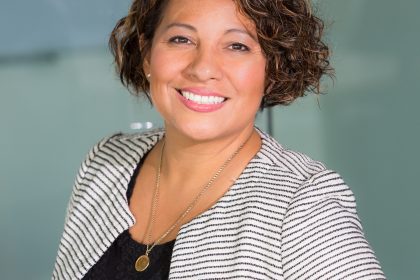What isn’t said may be equally or even more important than what is said. Communication is 55% visual, 38% audio, and only 7% the words. This means that expression, gestures, tone, volume, and pace have a much greater impact on meaning than the words alone.
Coaches listen for the meaning behind words, and coaches listen for what is not said. To verify understanding, coaches use a technique called reflective listening. Reflective listening means reflecting the emotions behind the words. For example, when a client explains a situation and the coach senses excitement, the coach might ask, “It seems you are excited about this – is that correct?” This both demonstrates the deeper listening, and validates the client. It provides the opportunity for the client to experience the understanding, or to correct a misunderstanding if it occurs.
Because each of us wants to be heard and understood, a coach that listens with intention shows us their focus. A coach that rephrases demonstrates they heard, and a coach that reflects expresses understanding.
When reflecting, and in rephrasing too, a coach has an opportunity to model positive language and proactive processing for clients. This empowers the client to create focus and forward-thinking, thus expanding the possibilities and enhancing results.
What is your experience with reflective listening?


